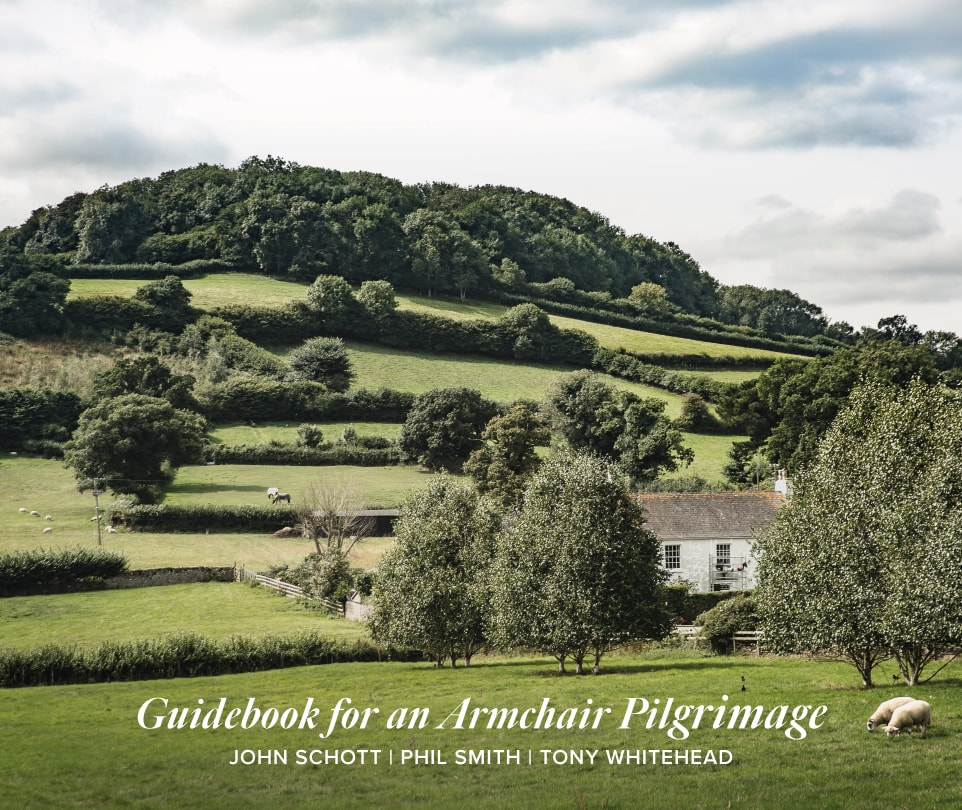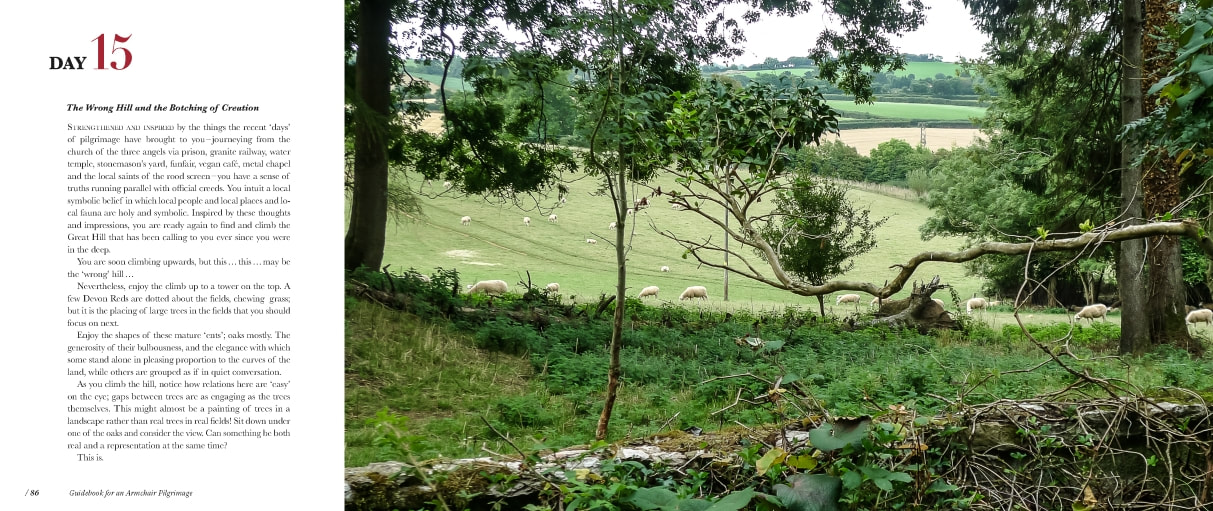Buy the large format Paperback @ £15/$20
|
Dr Anne E Bailey, Faculty of History, University of Oxford was:
"...enchanted and completely drawn in! I loved the blend of mindfulness and secular mysticism. Reading some of the book's descriptions I was reminded of TS Eliot, but I think it most strongly reminded me of Paulo Coelho's 'The Pilgrimage'... The book nicely captures the conflicting emotions that many British people have for familiar landscapes and history of their country. I like (and agree with) the suggestion that we've now moved on from the idealised Romantic views to something more complex and 'uneven'. It seems to me that there's much in the book which the 'spiritual but not religious' members of today's post-secular society would find appealing, such as the observation that localised truths and beliefs run in 'parallel' to 'official' ones and the notion of the interconnectedness of all things, places, and times. Lastly, it seems to me that a great strength of the book is that it avoids sentimentality and a kind of Romantic yearning for a lost past or English idyll. The past may lie around in ruins in the book (as it often seems to!) but at the same time it's a real - and realistic – part of the present and not to be judged or mourned for. " "It is wonderful - a brilliant idea, beautifully done, with a sweetly companionable tone to the writing."
Jay Griffiths (writer/broadcaster/author of Pip Pip & Wild) BELOW: Philip Carr-Gomm, leader of the Order of Bards, Ovates and Druids, talks about the Guidebook:
Phil Smith (Crabman/Mythogeography) and Tony Whitehead (Birdman) join forces with master photographer John Schott to lead readers on a ‘virtual’ journey to explore difference and change on their way to an unknown destination. “What is most real is what you have still to discover.”
“Relax in your seat. Allow the train to take you along the water’s edge to the beginning point of your walking pilgrimage… When the train pulls into the platform, step off. Hidden behind the platform is a broken machine; a mechanised fortune teller – the ‘voice of truth’ – discarded from the nearby arcade of slot machines. Propped against the side of a building, its mouth is silent, its pronouncements have ceased; any truths you find today will be your own.”
Pilgrimages – real and imagined - are always popular, sometimes compulsory. Bodh Gaya, Santiago, Mecca, Jerusalem, Puri: a few of the sites that beckon. The pilgrimage to the authentic self takes a similar path in an interior landscape. In the 15th century, Felix Fabri combined the two, using his visits to Jerusalem to write a handbook for nuns wanting to make a pilgrimage in the imagination, whilst confined to their religious houses. For Guidebook for an Armchair Pilgrimage, the authors followed Fabri’s example: first walking together over many weeks – not to reach a destination but simply to find one – then, in startling words and images, conjuring an armchair pilgrimage for the reader… along lanes and around hills, into caves and down to the coast. “We arrived again and again at what we assumed would be a final ‘shrine’, only to be drawn onwards and inwards towards another kind of finality… rather than reaching a destination, the pilgrimage was repeatedly reborn inside us, until its most recent rebirth in this book.” Over the course of the 19-day Armchair Pilgrimage, they invite us to experience the world around us just as they did as they walked. So, over the first three days, they suggest that we contemplate, among other things:
And, as the pilgrimage concludes: “Returning is never going back to the same place.” Related titles: |


